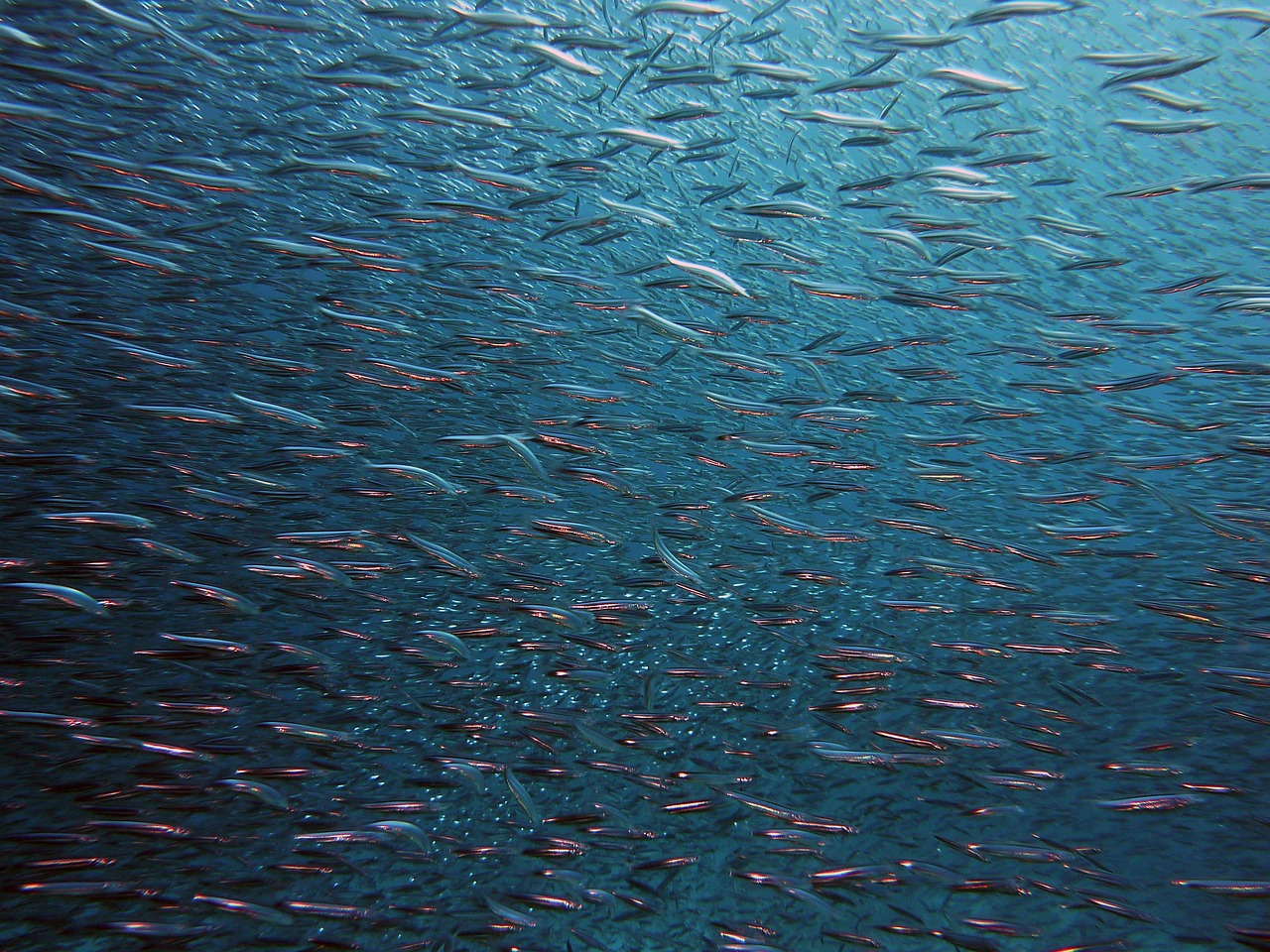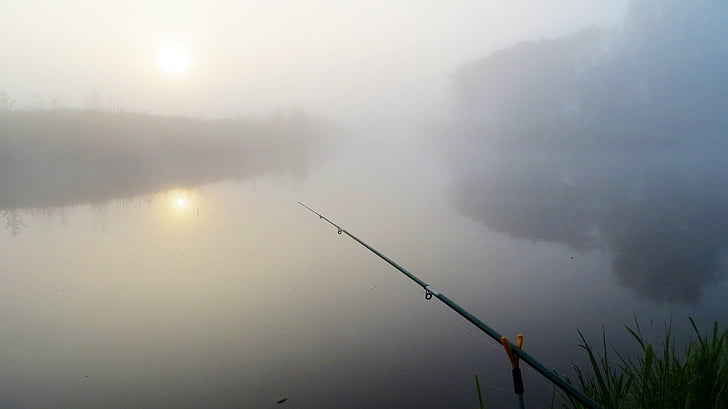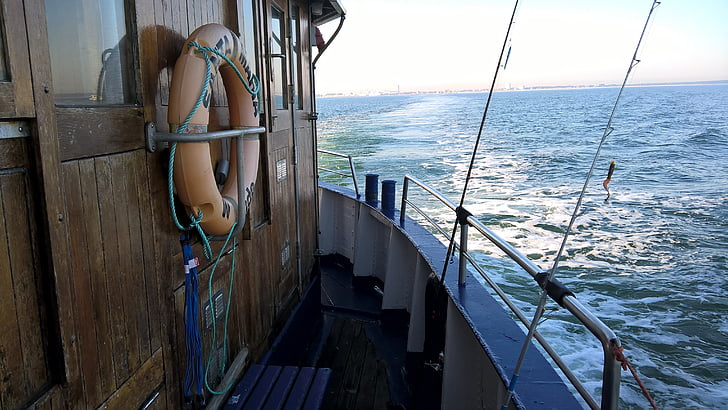Oregon’s diverse landscapes and abundant waterways make it a premier destination for trout anglers. Whether you’re a seasoned fisherman or a newcomer, the 2025 season offers exceptional opportunities to pursue rainbow, cutthroat, brown, and brook trout across the state. This comprehensive guide provides in-depth information on top fishing spots, regulations, techniques, gear, and conservation practices to enhance your Oregon trout fishing experience.
Top Trout Fishing Destinations in Oregon
1. Deschutes River
The Deschutes River is an iconic fishing destination, particularly for rainbow and brown trout. It is divided into three sections that cater to various fishing styles and experiences.
- Upper Deschutes: Known for swift currents and pocket water, the Upper Deschutes is ideal for fly fishing. It’s best fished from late spring through early fall, with the salmonfly hatch peaking in late May to early June, creating a prime opportunity for anglers. Popular spots along this stretch include the areas near Benham Falls and the ripples near Lava Island Falls.
- Middle Deschutes: This section offers a variety of riffles, runs, and pools, making it a productive stretch year-round. The river is especially good from April to October. Fly anglers should expect to encounter a range of insect hatches, including caddis and mayflies, particularly during the warmer months.
- Lower Deschutes: This section is famous for its wild redband rainbow trout, making it a top choice for anglers seeking trophy fish. The prime fishing period is from late spring to early fall, with the Salmonfly hatch happening from late May to early June. Prime access points include Maupin and the Warm Springs area.
Regulations for 2025:
- In 2025, the Oregon Department of Fish and Wildlife (ODFW) has set specific catch-and-release and barbless hook restrictions for certain areas of the Deschutes River. It is essential to check for these regulations on the ODFW website for updates on seasonal closures, fishing limits, and area-specific rules.
For more details and the latest updates, visit the Oregon Department of Fish and Wildlife website.
2. Metolius River
The Metolius River is one of Oregon’s most pristine rivers, offering crystal-clear waters and exceptional fishing for native redband rainbow trout, bull trout, brown trout, and brook trout. Fly fishing is the primary method here, and the river is known for being challenging but rewarding.
- Best Time to Fish: The most productive fishing months are from late spring to early fall. During this time, the river experiences hatches of various aquatic insects, including caddisflies and mayflies, which attract trout. In particular, mid-summer and early fall can offer excellent fishing opportunities as the waters warm up.
- Access: Public access points along the Metolius River Trail are available, though much of the river runs through private property. Always check for public access areas to ensure you’re fishing legally.
Regulations:
- The Metolius River is open for fishing year-round, but it is essential to be aware of private land access restrictions. The river has specific regulations for different species of trout, and anglers are advised to check the ODFW website for updates on bag limits, seasonal rules, and fishing techniques permitted in different sections of the river.
For detailed regulations, visit the Oregon Sport Fishing Regulations page.
3. East Lake
Located in the Newberry National Volcanic Monument, East Lake is a prime location for anglers looking for trophy-sized rainbow and brown trout. The lake is well known for its underwater hot springs, which create temperature variations that attract trout and make it a unique fishing spot.
- Best Time to Fish: East Lake is open for fishing from late April through October, with the most productive months being May, June, and September. The lake’s proximity to the hot springs creates a slightly warmer water temperature, which makes the trout more active in these months.
Unique Feature:
The underwater hot springs are a significant feature of East Lake. These areas create thermal zones that attract trout, making them ideal fishing locations. A fish finder or temperature gauge can help pinpoint these thermal zones, giving anglers an advantage when targeting trout.
Regulations:
- East Lake follows general fishing regulations set by the ODFW, but specific regulations regarding fishing dates, catch limits, and other restrictions are important to verify before your trip.
For the latest information on fishing dates and limits at East Lake, visit the Oregon Department of Fish and Wildlife website.
Fishing Regulations and Licenses
Before you embark on your trout fishing adventure in Oregon, it is essential to ensure that you have the necessary licenses and are familiar with the fishing regulations specific to the area you’re visiting.
Licenses:
- General License: A general Oregon fishing license is required for anglers aged 12 years and older. This license covers most waters across the state and allows you to fish for various species of trout, such as rainbow, brown, brook, and cutthroat trout.
- Additional Endorsements: Depending on the type of fish you’re targeting, such as steelhead, salmon, or sturgeon, you may need to purchase additional endorsements or tags. These endorsements allow you to fish in specific areas or target certain species. For example, steelhead and salmon fishing require a separate endorsement for those species, and there may be restrictions or quotas for certain waters.
- How to Buy a License: You can easily purchase your fishing license online through the Oregon Department of Fish and Wildlife (ODFW) website. Alternatively, you can also purchase a license at various retail locations across Oregon, including sporting goods stores and bait shops.
Free Fishing Days for 2025:
Oregon designates certain days each year as “Free Fishing Days,” during which no fishing license is required. These days provide an excellent opportunity for both residents and visitors to try their luck at fishing without the need for a license.
- 2025 Free Fishing Days:
- February 15th & 16th: This marks the first free fishing opportunity of the year, coinciding with Presidents’ Day weekend.
- June 7th & 8th: These dates coincide with Oregon’s annual Free Fishing Weekend, a great time to fish in lakes, rivers, and streams across the state.
- November 28th & 29th: The weekend following Thanksgiving also offers another free fishing opportunity.
Make sure to check the ODFW website before you plan your trip, as additional free fishing days may be announced or regulations could change.
Regulations:
Fishing regulations in Oregon are designed to protect fish populations and ensure that future generations of anglers can enjoy the state’s pristine waterways. Regulations can vary significantly depending on the body of water, species targeted, and the method of fishing used. Key regulations include:
- Seasonal Closures: Some areas or species may have closed seasons to protect spawning fish or allow for population recovery. For instance, certain rivers may only allow fishing during specific months to prevent overfishing during critical spawning periods.
- Gear Restrictions: Oregon enforces gear restrictions on certain bodies of water, especially on rivers and streams with sensitive fish populations. For example, some areas may prohibit the use of bait or require barbless hooks to minimize harm to fish caught and released. Always check for these restrictions to ensure you’re following local rules.
- Bag Limits: Bag limits are in place to ensure sustainable fishing practices. Limits can vary by species, location, and time of year. For instance, trout limits might differ in high-altitude lakes versus large rivers. Pay attention to daily limits and size restrictions for each species to avoid penalties.
For a complete list of specific regulations, including seasonal closures, gear restrictions, bag limits, and area-specific rules, always refer to the Oregon Sport Fishing Regulations on the ODFW website. You can find the most current information, including detailed fishing regulations for individual rivers, lakes, and streams throughout the state.
Best Times to Fish for Trout in Oregon
Spring (March – May)
As temperatures begin to warm in spring, trout become more active and start feeding more aggressively. Spring offers one of the best times to fish in Oregon, especially as rivers and lakes start to thaw, and the insects emerge to trigger feeding frenzies. During this period, focus on lower elevation rivers and lakes where water temperatures rise earlier. Nymphs and small streamers are particularly effective, as these mimic early-season hatches.
Key Locations:
- March:
- Deschutes River: The lower Deschutes, in particular, offers early-season fishing for rainbow trout, especially in areas near Maupin. Use nymphs or small streamers to target trout actively feeding on aquatic insects.
- McKenzie River: This river is excellent for early spring fishing as it has consistent flows and is productive with both nymphing and streamers. Expect to catch mostly rainbow and cutthroat trout in this stretch.
- April:
- Metolius River: Spring is a productive time to target the native redband rainbow and brook trout. The river’s clear, cold water helps maintain good conditions for trout fishing throughout the spring. Use a variety of nymphs and dry flies to match the emerging insect hatches.
- East Lake: Known for trophy-sized trout, East Lake begins to warm in April, offering great fishing for rainbow and brown trout. Fish here are drawn to the underwater hot springs, making it a unique fishing experience.
- May:
- Deschutes River (Salmonfly Hatch): Late May is prime for the famous Salmonfly hatch. This is one of the most anticipated events of the year for fly fishers targeting large rainbow and brown trout, especially in the lower Deschutes. The hatch provides a perfect window for dry fly fishing.
- Statewide Rivers and Streams: Late May marks the opening of many rivers and streams throughout Oregon. Popular spots include the Rogue and Umpqua rivers, where anglers can expect excellent conditions and varied species of trout.
Summer (June – August)
Summer is when trout feed aggressively in response to peak insect hatches, making it a prime time for fishing. As the water warms, fish become more active, and higher elevation lakes and rivers provide some of the best fishing. Targeting these areas during the summer months can yield both quantity and size of fish, as trout actively feed in response to abundant food sources.
Key Locations:
- June:
- Upper Klamath Lake: Known for its large population of rainbow trout, June is one of the best months for fishing here. The lake sees increased feeding activity as temperatures rise, especially near weed beds and submerged structures.
- Williamson River: Known for its healthy population of rainbow trout, the Williamson River offers productive fishing in June. Use dry flies, nymphs, and streamers for the best results.
- Diamond Lake: This lake is well-stocked with rainbow and brown trout. June provides the perfect conditions for fishing with multiple effective techniques such as trolling and still fishing.
- July:
- North Umpqua River (Summer Steelhead): The North Umpqua is a great choice for targeting steelhead during the summer months. Known for its challenging fishing, the river is productive for both fly and spin fishing. Summer steelhead runs typically peak in July.
- High Cascade Lakes: During July, high-elevation lakes such as Sparks Lake and Crane Prairie begin to warm, providing excellent trout fishing opportunities for both lake and stream trout species.
- August:
- Rogue River (Half-Pounder Steelhead): The Rogue River sees an influx of half-pounder steelhead in August. These fish provide an exciting challenge for anglers. Fishing near the mouth of tributaries such as the Applegate River can be particularly productive.
- Statewide Lakes and Rivers: By August, fishing in many lakes and rivers across Oregon continues to be good. Expect more consistent action in places like the John Day River and Crane Prairie Reservoir, where trout feed heavily on aquatic insects.
Fall (September – November)
As the weather cools in fall, trout become increasingly active, feeding aggressively before the spawn. Fall provides excellent fishing opportunities, with trout focusing on building up reserves for the colder months. Water temperatures drop, leading to increased feeding activity, making it one of the best times for trout fishing in Oregon.
Key Locations:
- September:
- East Lake: As temperatures drop, trout become more active and feed aggressively. This makes September a prime month for fishing at East Lake, known for its large rainbow and brown trout populations.
- Upper Deschutes River: This river sees increased activity as cooler water temperatures stimulate feeding behavior in rainbow and brown trout. Use nymphs and streamers to mimic the insect activity.
- Rogue River (Steelhead and Chinook): The Rogue River offers a fantastic fall fishing experience, with both steelhead and chinook salmon available. Anglers can target trout feeding on the abundance of spawning salmon.
- October:
- Metolius River: October brings trophy-sized rainbow trout, particularly in the cooler, deeper pools. This is one of the best times to fish for large trout, with both nymphing and dry fly techniques producing excellent results.
- Lower Deschutes River (Trophy Brown Trout): The lower Deschutes becomes a hotspot in October for trophy brown trout. The cooler water conditions make the trout more active and willing to feed. Be sure to target deeper runs and pools.
- November:
- McKenzie River: The McKenzie River remains productive through November, especially in the lower sections. Nymphing and streamers are effective techniques as the water cools and trout begin preparing for winter.
- Middle Deschutes River (Nymphing and Streamers): November is an excellent time to fish the middle section of the Deschutes, where trout are feeding heavily before the winter months. Nymphing and streamers work best during this time, with more active fish seeking food in the colder waters.
Techniques and Tactics
Fly Fishing
- Match the Hatch: Use fly patterns that resemble local insect life, such as PMDs, March Browns, caddisflies, and stoneflies. Long leaders and light tippets are essential for clear-water rivers like the Metolius.
- Euro-Nymphing: Euro-nymphing with perdigon and jig-style flies can help target trout effectively, especially in deeper water or fast-moving currents.
Spin Fishing
- Gear: Light spinning gear with 4-8 pound monofilament or fluorocarbon line is ideal. This is perfect for rivers and lakes where casting distance is essential.
- Lures: Spinners, spoons, and small crankbaits are effective for catching trout. Soft plastic lures like trout magnets and ned rigs are becoming increasingly popular.
Essential Gear for Trout Fishing
- Rods and Reels: A 9-foot, 5-weight fly rod is versatile and ideal for most trout fishing situations. For spin fishing, a 6-foot, medium-action rod is a great choice for casting and retrieving.
- Waders and Boots: High-quality breathable chest waders and boots with solid traction are essential for navigating slippery riverbeds and ensuring safety while fishing.
- Polarized Sunglasses: These are crucial for reducing glare and spotting fish and underwater structures in clear waters.
- Flies: Essential fly patterns include nymphs (Pheasant Tail, Hare’s Ear, Prince), dry flies (Elk Hair Caddis, Parachute Adams, Stimulator), and streamers (Woolly Bugger, Muddler Minnow).
Conservation and Ethics
Catch-and-Release
- Always handle fish with wet hands, and return them to the water as quickly as possible to minimize stress, especially in rivers with wild trout populations.
Leave No Trace
- Follow Leave No Trace principles, ensuring that you pack out all your trash and leave the environment as pristine as you found it.
For the latest fishing regulations, updates, and to purchase your fishing licenses, visit the Oregon Department of Fish and Wildlife.


